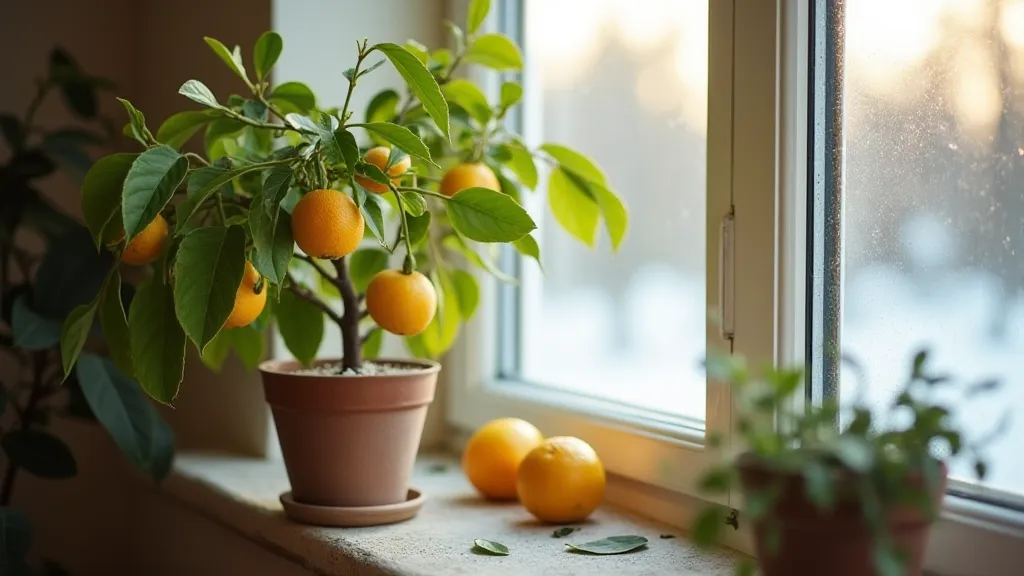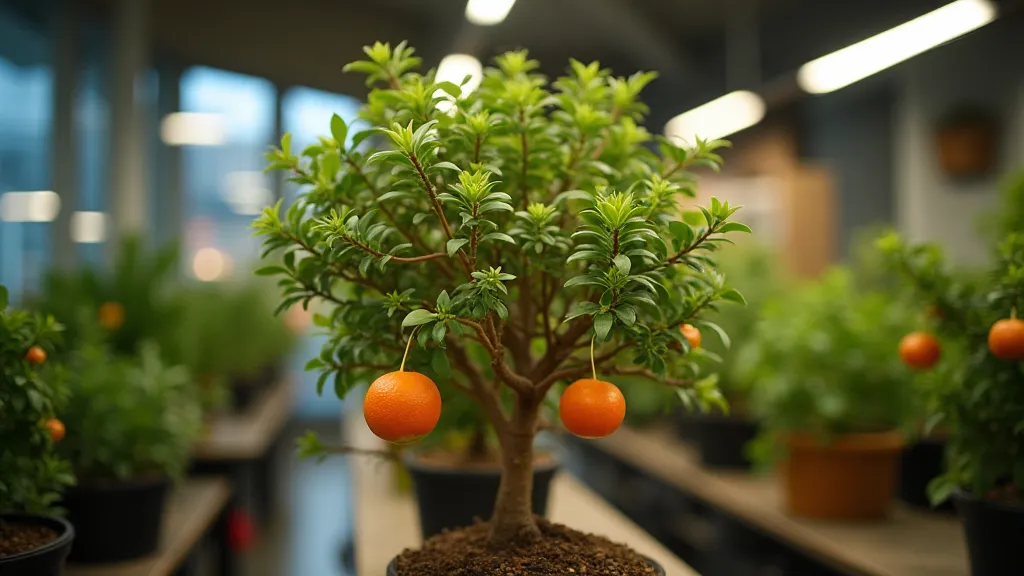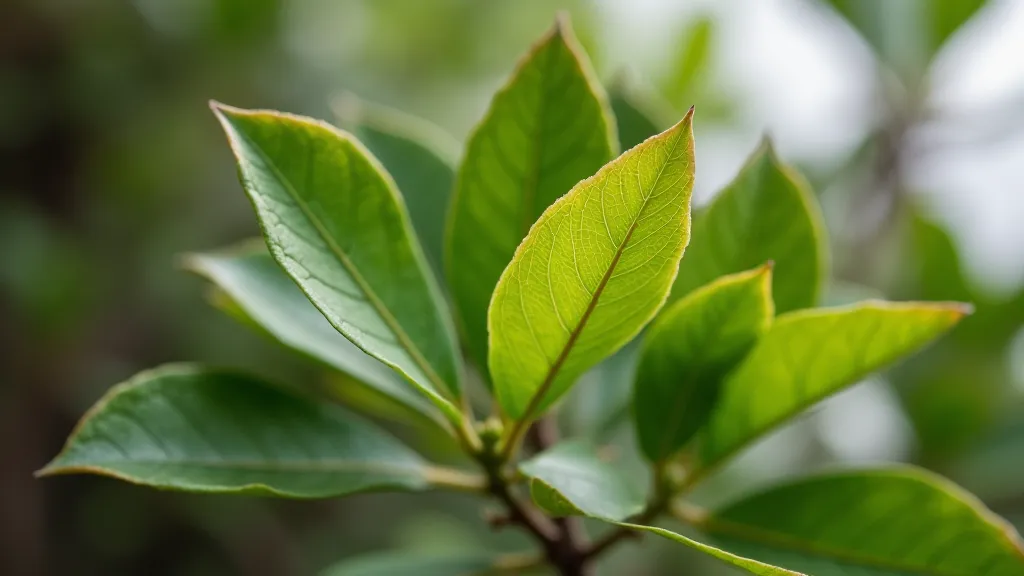Winter Care for Indoor Dwarf Citrus: Protecting from Cold
The joy of growing dwarf citrus trees indoors extends beyond the sunny spring and summer months. Winter presents unique challenges, and proper care is crucial to ensuring your trees thrive and produce fruit even during the colder season. This guide provides essential tips for protecting your indoor dwarf citrus from the harsh realities of winter.
Understanding the Risks: Why Winter is Tough on Citrus
Dwarf citrus trees, even when grown indoors, are sensitive to cold temperatures. Prolonged exposure to temperatures below 55°F (13°C) can cause significant damage, including leaf drop, stunted growth, and reduced fruit production. The shorter days and reduced sunlight also contribute to stress on the tree. Beyond temperature, inadequate light can severely impact your citrus's ability to photosynthesize and flourish, which is why understanding the light requirements for thriving indoor dwarf citrus trees is so vital, especially during the winter months.
1. Location, Location, Location: Finding the Warmest Spot
The most immediate step is to relocate your dwarf citrus tree to the warmest spot in your home. Southern-facing windows are ideal, providing maximum sunlight exposure. Avoid placing your tree near drafty windows, doors, or heating vents that blow hot, dry air. Consider using a heat mat designed for seedlings to provide gentle warmth to the root zone, especially if you live in a colder climate. Remember that adequate light, alongside warmth, is key to your citrus’s overall health, so prioritizing a location that maximizes both is essential.

2. Reduce Watering: Mimicking Dormancy
During winter, your dwarf citrus tree enters a period of semi-dormancy. This means it requires less water. Allow the top inch or two of soil to dry out completely between waterings. Overwatering is a common problem in winter and can lead to root rot. Always check the soil moisture before watering, rather than sticking to a rigid schedule. The reduced watering schedule is directly tied to the slowed metabolic rate as the tree enters a period of dormancy – a crucial factor often overlooked by new citrus growers.
3. Humidity Matters: Combatting Dry Indoor Air
Indoor heating systems often create dry air, which can be detrimental to citrus trees. Low humidity can cause leaf browning and leaf drop. Increase humidity around your tree by:
- Grouping Plants: Placing your citrus tree near other houseplants creates a microclimate with higher humidity.
- Using a Humidifier: A humidifier is the most effective way to increase humidity.
- Pebble Tray: Place the pot on a tray filled with pebbles and water. As the water evaporates, it increases humidity.
- Misting: Regularly misting the leaves with water can provide temporary humidity relief.
Maintaining appropriate humidity isn’t just about preventing leaf drop; it impacts the overall health and vitality of the plant. The leaves absorb moisture directly from the air, which contributes to photosynthesis and nutrient uptake. Consistent humidity is especially important for young or newly established trees.
4. Light is Crucial: Supplementing Natural Light
Shorter days mean less sunlight. While a south-facing window is best, it might not be enough during winter. Consider supplementing with grow lights. Full-spectrum LED grow lights are energy-efficient and provide the necessary light for healthy growth and fruit production. Position the lights 12-18 inches above the foliage and provide 12-14 hours of light per day. When choosing a supplemental light source, think about factors beyond just brightness – the spectrum of light is incredibly important for healthy growth. For example, blue light is important for vegetative growth, while red light stimulates flowering and fruit production. Understanding these nuances can significantly impact the quality of your harvest.

5. Fertilizing: Less is More
Like watering, fertilizer requirements decrease during winter. Stop or significantly reduce fertilizing from late autumn to early spring. Applying fertilizer when the tree is not actively growing can lead to salt buildup in the soil and damage the roots. The reduced need for fertilizer aligns with the tree's slowed growth rate. Excessive fertilization during this period not only risks damaging the roots, but can also disrupt the tree’s natural dormancy cycle. Organic matter amendments can be beneficial, but even those should be used sparingly.
6. Pest Control: Vigilance is Key
While pests are often less active in winter, keep an eye out for common indoor plant pests like spider mites and scale. Cold, dry air can weaken trees and make them more susceptible to infestations. Regularly inspect the leaves (both top and bottom) for signs of pests. Address any infestations promptly with insecticidal soap or horticultural oil. Prevention is always better than cure, so ensuring the tree has adequate humidity and light helps build its natural defenses.
7. Leaf Drop: A Natural Phenomenon (Sometimes)
Some leaf drop is normal during winter, especially as the tree adjusts to lower light and temperatures. However, excessive leaf drop can indicate a problem. Check the soil moisture, humidity, and light levels if you notice significant leaf loss. While some leaf drop is normal, it’s important to differentiate between a small amount of natural shedding and a sign of distress. Factors like sudden temperature changes, inconsistent watering, or pest infestations can all trigger excessive leaf drop.

Troubleshooting Winter Citrus Challenges
Beyond the basic care tips, certain issues are commonly encountered during winter citrus care. Let's address some of these in more detail:
Dealing with Citrus Leaf Drop
As mentioned earlier, some leaf drop is inevitable. But if you're seeing more than a few leaves falling, investigate. First, check the soil. Is it overly wet or bone dry? Both extremes can cause leaf drop. Next, consider the humidity. Low humidity can desiccate the leaves. Ensure adequate lighting is present. If your tree is suffering from light stress, it can lead to leaf drop, even if all other factors are optimal. Finally, a nutrient deficiency can also manifest as leaf drop. However, avoid fertilizing during the dormant season – it's more likely to cause harm than good.
Addressing Root Rot
Overwatering is the primary culprit behind root rot. The roots need to breathe! If the soil remains constantly saturated, the roots will suffocate and begin to rot. Symptoms include yellowing leaves, stunted growth, and a foul odor coming from the soil. Repotting into fresh, well-draining soil is often the best course of action. Choose a potting mix specifically designed for citrus trees – it will have better aeration than general-purpose potting soil.
Combating Spider Mite Infestations
Spider mites thrive in dry conditions, making them a common problem during winter. They are tiny and difficult to spot, but their presence is often indicated by fine webbing on the leaves. Regularly misting the leaves can help prevent infestations, but if you do find spider mites, treat them with insecticidal soap or horticultural oil. Ensure good air circulation around the tree to discourage them.
Managing Cold Damage
If your tree experiences a sudden drop in temperature, it may suffer cold damage. Symptoms include blackened leaves, stunted growth, and reduced fruit production. While some damage may be irreversible, you can help the tree recover by providing it with warmth and protection. Avoid fertilizing and watering excessively.
Long-Term Winter Citrus Care
Successful winter citrus care isn't just about addressing immediate problems; it's about creating a sustainable environment that supports the tree's long-term health. Rotating your citrus trees periodically, even slightly, can help ensure even light exposure and prevent them from becoming root-bound. Pruning, when appropriate, can improve air circulation and promote healthy growth. And most importantly, observe your tree closely and learn to recognize the subtle signs of stress – it’s the best way to prevent problems before they become serious.
By following these winter care tips, you can help your indoor dwarf citrus trees thrive and reward you with fragrant blossoms and delicious fruit, even during the coldest months.





